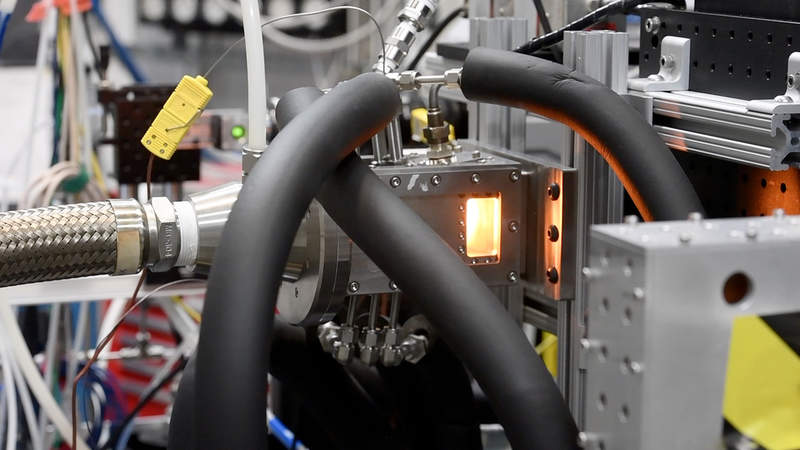
The US Army Research Laboratory’s (ARL) Center for Unmanned Aircraft Systems Propulsion has carried out the first ever experiment in a gas turbine combustor using X-rays.
Data obtained from the experiment will help upgrade gas turbine engine designs for higher power, density, and efficiency, the researchers said.
University of Illinois at Urbana-Champaign department of mechanical science and engineering associate professor Dr Tonghun Lee said: “This is the strongest X-ray source in the world.
“We’re here to do spray imaging inside a gas turbine combustor as relevant to the army.”
The combustor inside a gas turbine engine is fed high-pressure air that is heated by constant pressure. Then, the air passes from the combustor through the nozzle guide vanes to the turbine, producing thrust.
Researchers used a ‘powerful’ X-ray source to penetrate and understand how the strands of burning fuel break up into small droplets.
How well do you really know your competitors?
Access the most comprehensive Company Profiles on the market, powered by GlobalData. Save hours of research. Gain competitive edge.

Thank you!
Your download email will arrive shortly
Not ready to buy yet? Download a free sample
We are confident about the unique quality of our Company Profiles. However, we want you to make the most beneficial decision for your business, so we offer a free sample that you can download by submitting the below form
By GlobalDataThe data collected during the experiment will be used for numerical simulations that will improve the understanding of gas turbine combustors.
Lee added: “We are trying to understand exactly what occurs inside the gas turbine combustor to understand how it responds to different operating conditions.
“We’re trying to get an understanding of the physics, which to this day we have been speculating, we can really visualise using this X-ray source.
“We want to understand what we’re doing right now, understanding the fuel impact. When soldiers are off in a different location and they have different types of fuels, how will it impact the combustor they have?”
In the long-term, it is expected that data collected from the experiment will enable researchers to design more optimised combustor systems for the future, said Lee.



